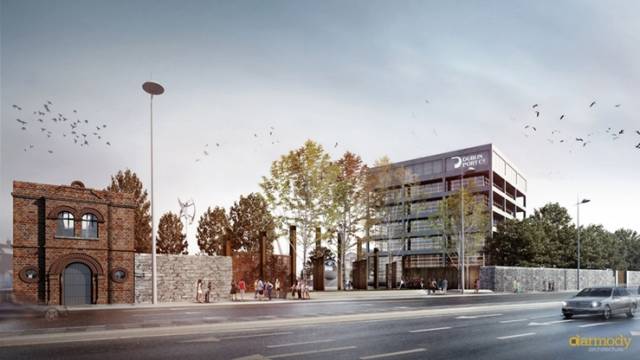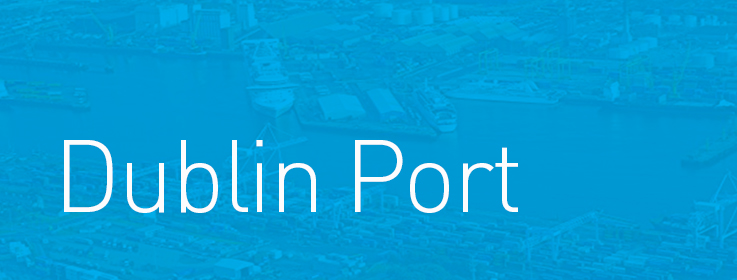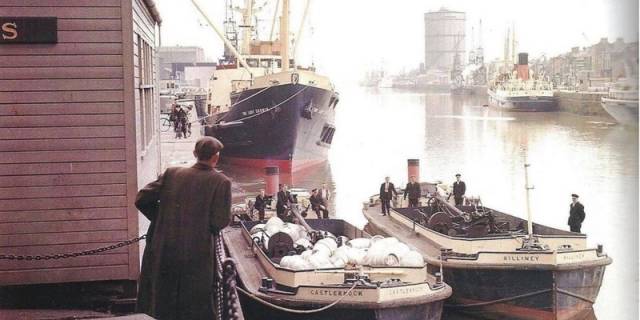
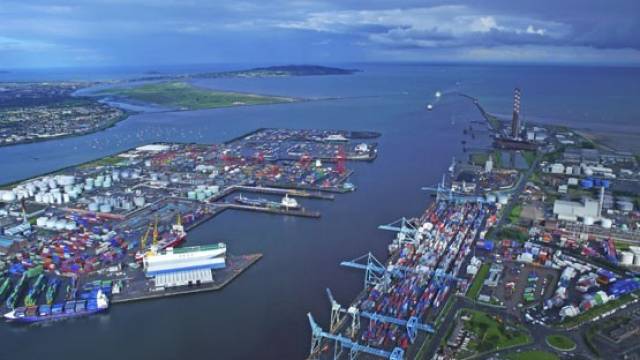
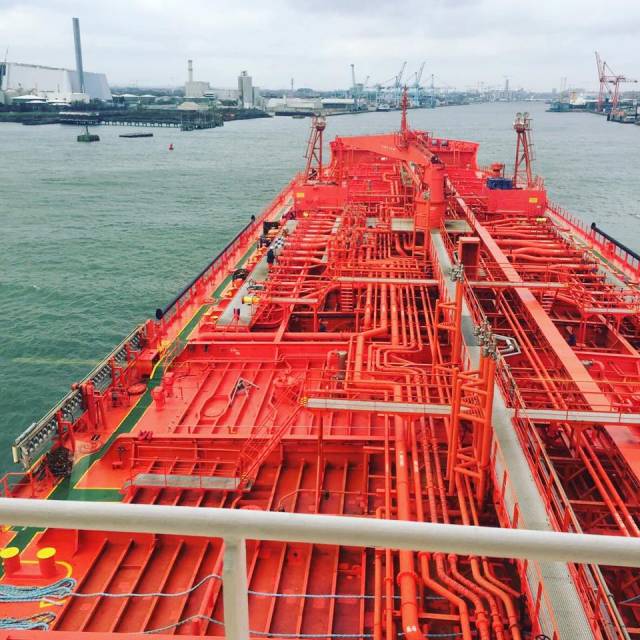
Tanker Snapshot: Molasses from Guatemala Via Amsterdam Discharged in Dublin
18th February 2017 Dublin Port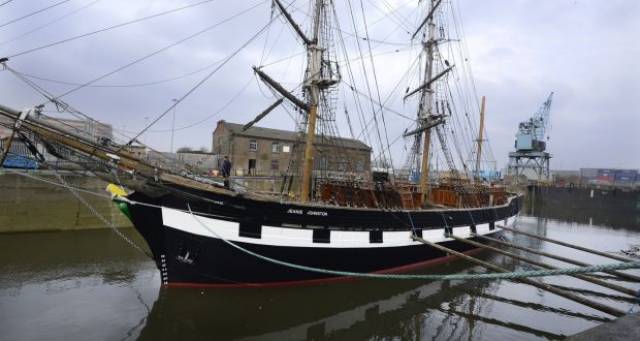

Dublin Port: Poolbeg To Lose Its Pontoons? Sandymount To Lose Its Strand?
13th February 2017 Dublin Port
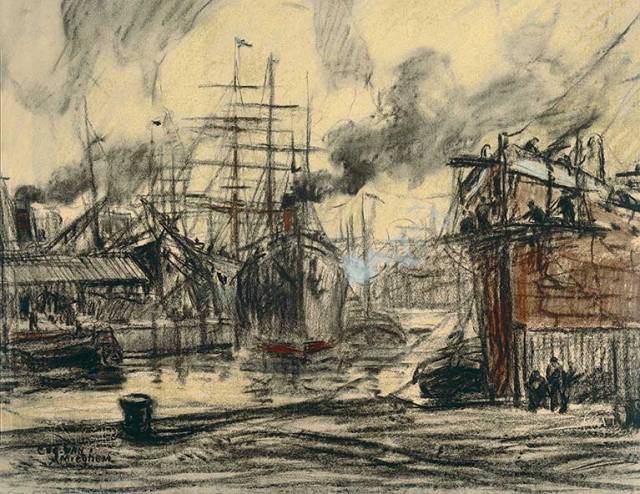
Works of Eugeen Van Mieghem Go on Display to Irish Audiences for First Time
7th February 2017 Dublin Port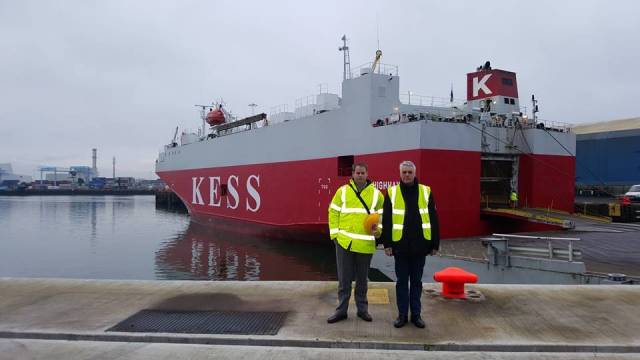
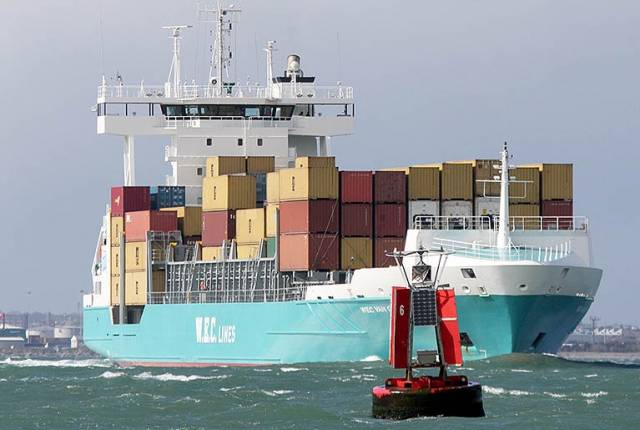
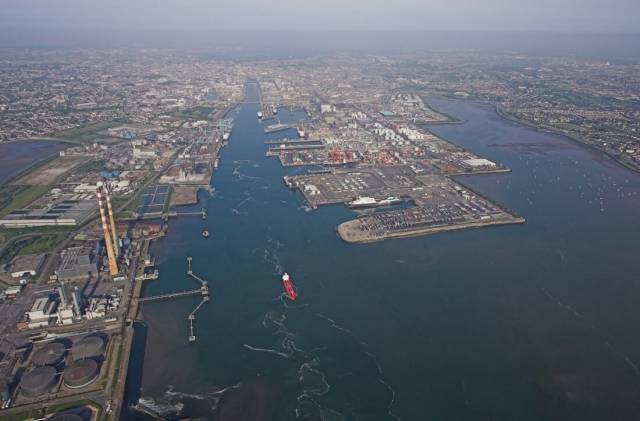


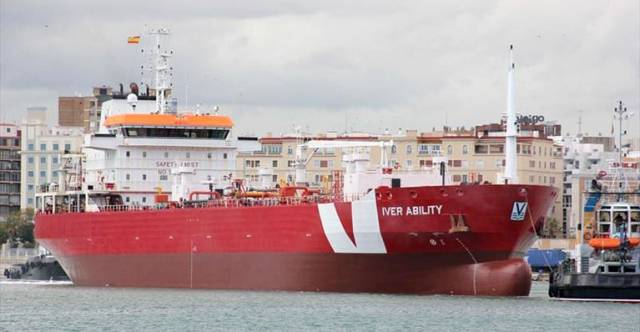
Christmas on Dublin Bay for 'Iver Ability' Tanker, Investigation into 'Cargo Reaction'
21st December 2016 Dublin PortMinister Urged to Save Key Piece of Grand Canal Basin: Old Graving Docks
16th December 2016 Dublin Port